I’ve always been fond of anthropology, and so, being in Thailand, I decided to go and explore the north and visit the hill tribes. From Bangkok, I took a domestic flight to Chiang Mai, a city known for its handcrafts. I had searched a hotel on the Internet and found pictures that inspired me. Sukantara, the hotel’s name in Thai means, “cascade”, because the hotel had little bungalows that over looked a waterfall.
It looked nice from the pictures, but words cannot describe the paradise that I found upon arrival. It was in the middle of the jungle, and I mean real jungle, the day before my arrival, two king cobras had fought in front of the bungalows. The air was green for the dense vegetation. Twining vines were everywhere, the constant sound of the waterfall, the birds singing and the warmth of the sun (it’s not always hot here because it is at 1000 meters a.s.l., especially at night), it was like being in a heaven on earth. A pair of peacocks were courting along the riverbanks.
I spent one day exploration the place, taking a long walk in the jungle on an elephant. Travelling by elephant is quite comfortable, but very, very slow. The elephant eats about 400 kilograms of food a day, then a step and eat. However, they are very friendly and docile animals, fortunately. We crossed a river, where my elephant decided to freshen us up sucking water in his trunk and pouring over us like a shower. It was pretty funny, but the nicest thing was the end of the tour, when I wanted to give him a banana to thank him for the ride. I was putting the camera away, and not knowing where to put the banana, I put it in my mouth but the elephant stole it! To return to Chiang Mai from the jungle, I took a raft with a funny little man who described the scenario, telling me the names of the plants. We drifted down the river, occasionally directing the raft with a long pole. The jungle was beautiful, and the condensation created a slight haze, making everything seem surreal.
Chiang Mai and Northern Thailand near the border with Burma and Laos, is called the “golden triangle”, because of the opium production, which were primarily carried out by the hill tribes, which were mostly nomadic people. The king, in the ’70s, changed this policy by helping them to cultivate other products, trying to eradicate opium production. To fully appreciate the tribal life, you need to go further north, in the region of Mae Hong Song, near the Burmese border. In these villages, in addition to Thai tribes, there are also the famous giraffe women, who since the age of 5 years, add to their necks circles of solid brass with a frequency of every two years, greatly extending the vertebrae. They can weigh up to 7 kg, but it’s an urban legend that if they are removed the woman dies. Formerly, they were worn to protect themselves from tigers, but today it is only for tradition since there are very few tigers left. The villages are developed on the rice paddies; the houses are built with bamboo and banana leaves. The water is transported into the village via a sophisticated bamboo water system. The various tribes are recognizable by their clothing and colours. The six main ones are: Akha, Yao, Lahu, Lisu, Hmong and Karen. Almost all originally came from Tibet, except the giraffe women who have fled from Burma. The villages are located in the mountains, everywhere surrounded by jungles. Every so often along the way you see some stalls where they hope to sell some stock to tourists. The Lisu have a way of stitching together pieces of cloth to wrap multi-coloured handbags. But the most beautiful costumes, when dressed for special occasions, are the Hmong’s. I was lucky enough to arrive at one of their villages on the occasion of a wedding and they were all dressed up with traditional costumes. There was also a small opium museum where they exhibited opium extraction utensils and next to it was a beautiful botanical garden full of poisonous and prohibited plants. It reminded me of the book “The Secret Garden”. With its scents and colours, it felt like stepping into another world.
The journey continues…
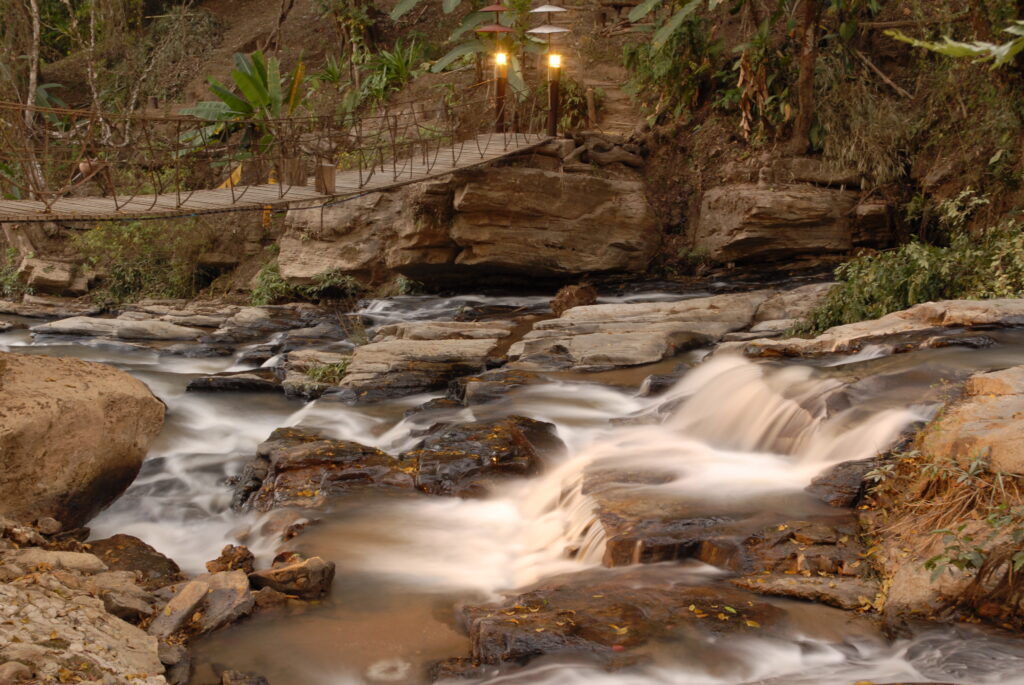
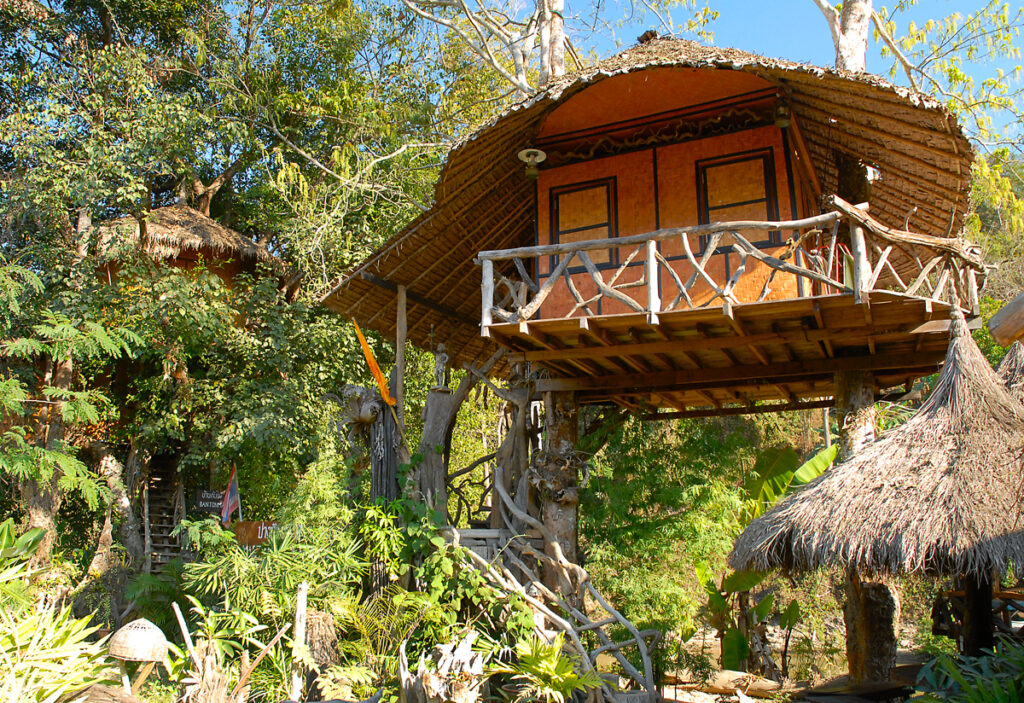
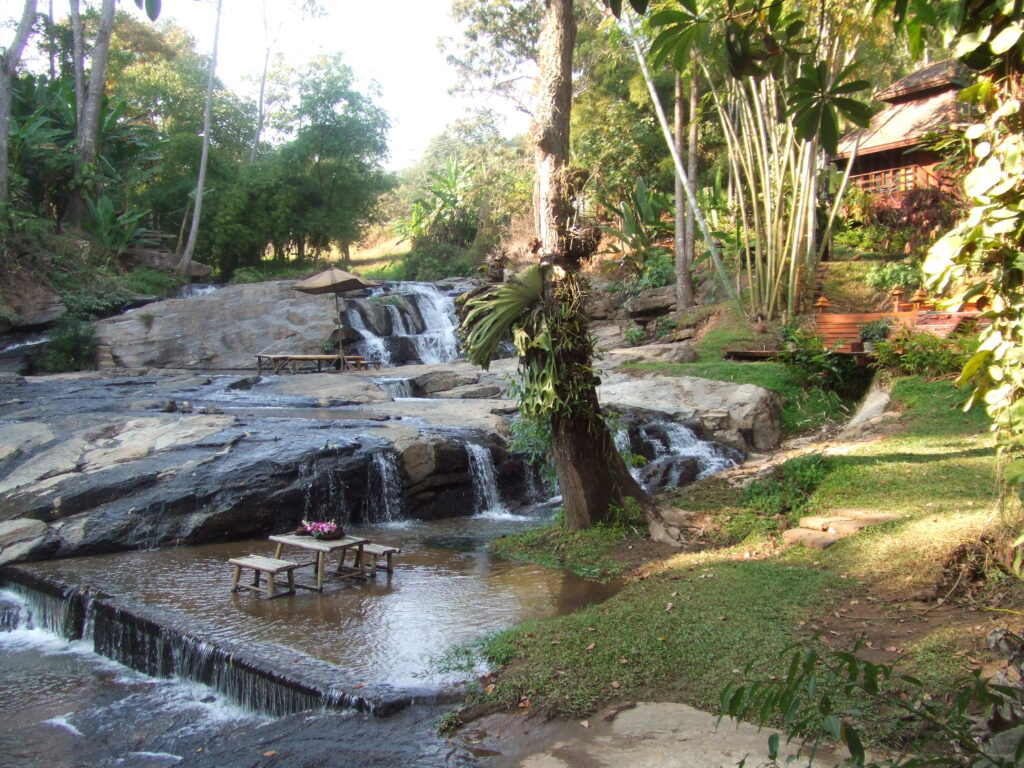
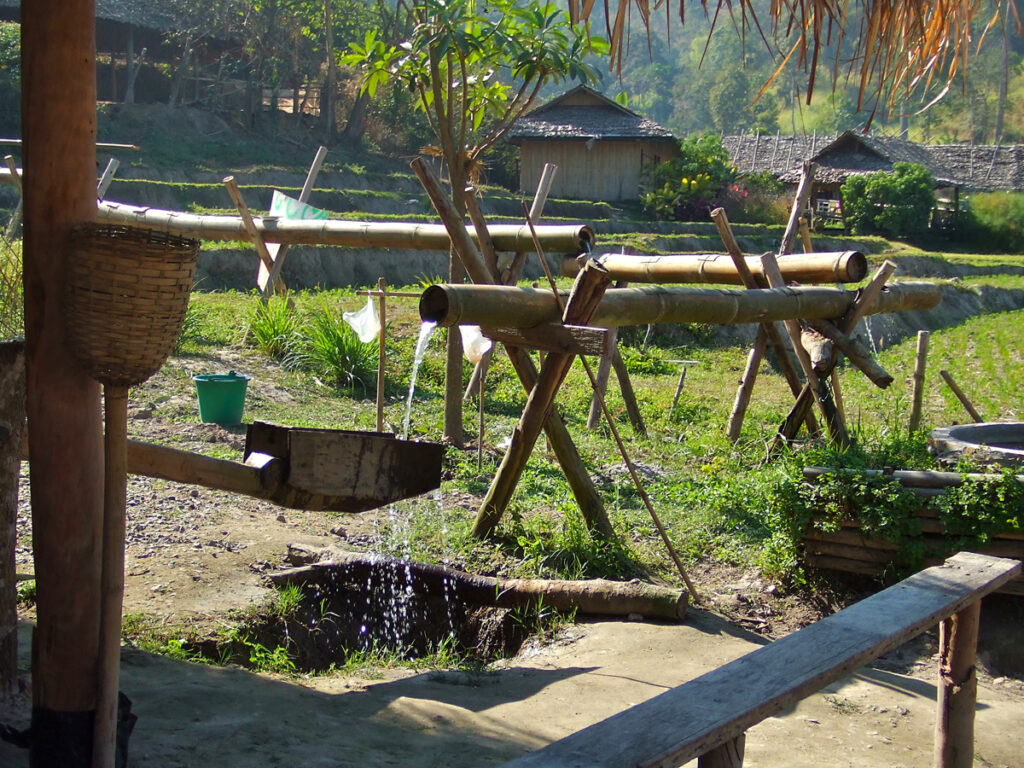
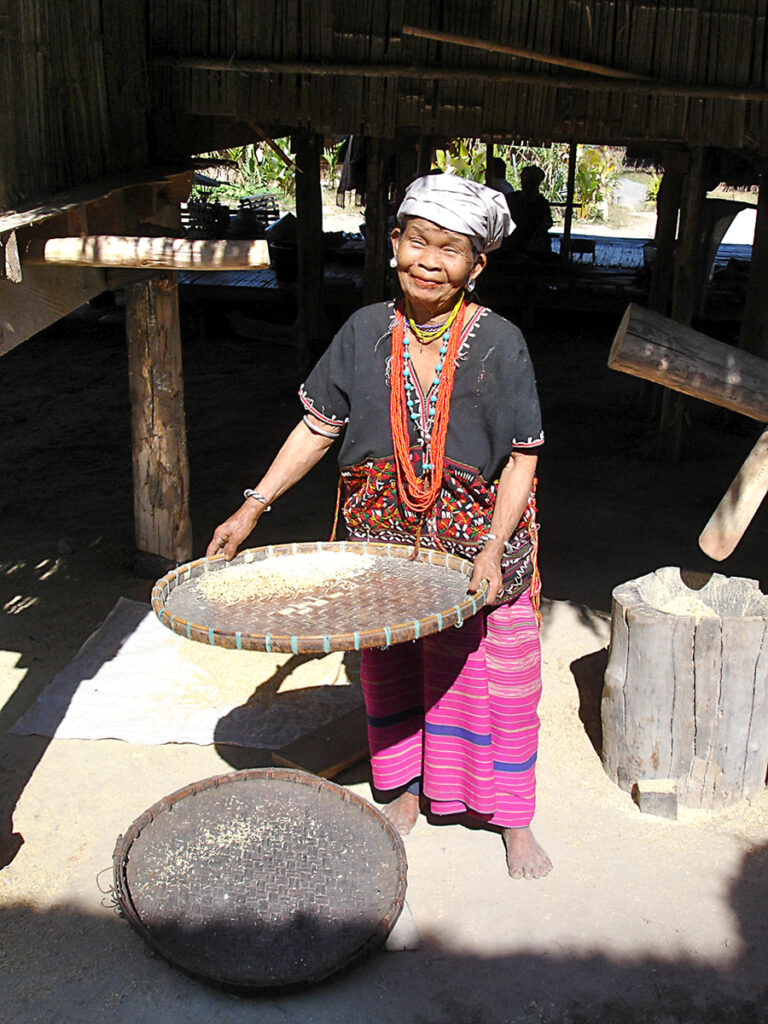

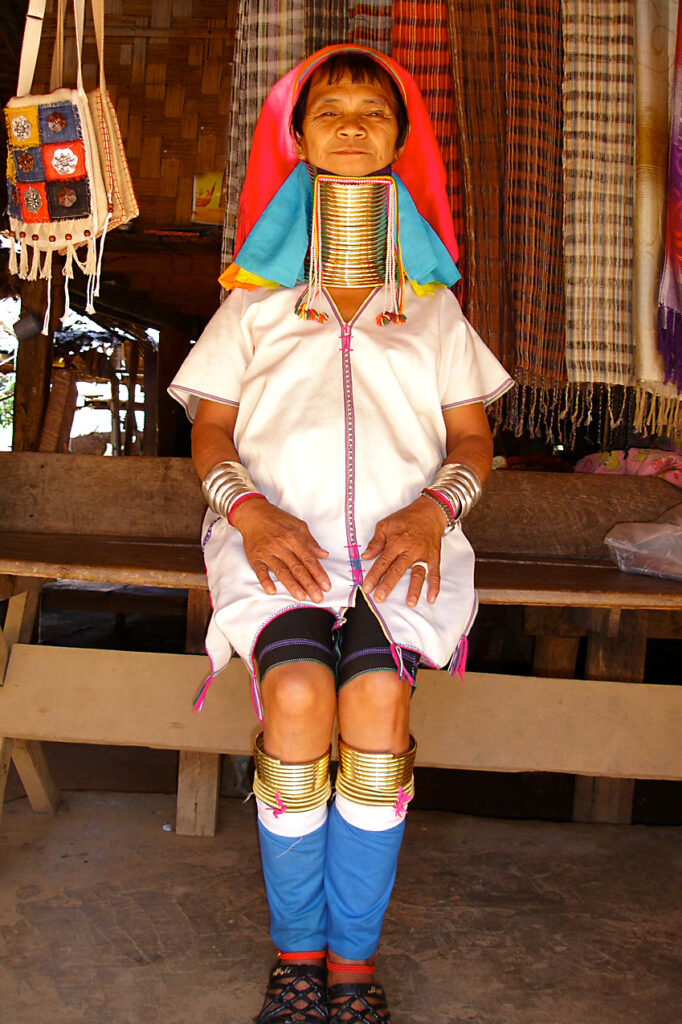

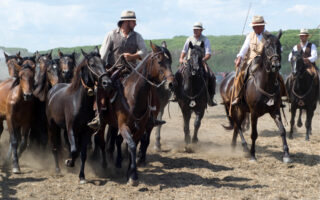
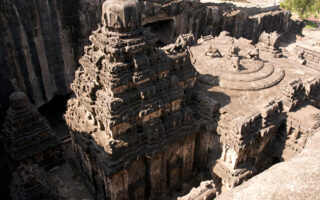
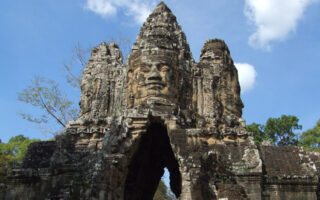
The piece was exceptional! I liked how you presented the information in a logical and easy-to-understand way. Your prose is eloquent, and the examples you provided added to my comprehension of the topic. Thank you for sharing such a wonderful article!